
Hornby OO GWR Ruston and Hornsby 88DS 0-4-0 D1 - Era 7
$189.99
Description
Ruston & Hornsby Ltd, of Lincoln, was formed as the result of the merger between Ruston, Proctor & Co. Ltd and Richard Hornsby & Sons Ltd on September 11, 1918 and their first narrow gauge diesel locomotive left the works on September 1, 1931.
In the summer of 1932, production was moved to the larger Boultham Works, where the firm were eventually to become Britain's largest builder of diesel locomotives, with over 6,500 being built by the time production ceased in 1969. Almost as soon as the firm's 44/48HP 0-4-0 locomotives were making an appearance, an upgraded, more powerful 0-4-0 was on the drawing board. Although many of the features of the 44/48HP were retained for the new 80/88HP, such as the chain drive and running gear, a new type of transmission was fitted, along with Westinghouse airbrakes. The new power unit, Ruston's own 4VPB, delivered 80BHP at 1000rpm and was later supplanted by Ruston's improved 4VPH that delivered 88BHP, but it required compressed air to be injected into the cylinders to be able to start.
While running, an air reservoir was kept charged via the braking system, but after standing idle for a period the reservoir depleted and a secondary source was required to recharge the reservoir. This was achieved by fitting a small, secondary 1½HP 'donkey' engine, giving rise to a distinctive raised cover on the right hand side of the engine compartment that differed in size and placement depending on the make of engine used. Two basic weight options were offered for the 80/88HP, of 17 tons and 20 tons, the difference being achieved by attaching weights to the outside frames, as well as to the front and rear buffer beams.
In 1941, Ruston's locomotive classifications were changed, with the 80/88HP becoming 88DS (with the narrow gauge versions being assigned the DSM and DSN suffix, and the broader gauges assigned DSW). Outward appearance changes to the 'standard' locomotives were mainly confined to the cab area, with examples from mid-1947 replacing the open cab with a fully enclosed cab that featured several ad-hoc styles of front window. The final 88DS, 518494, left Boultham Works on 29 November 1967, bringing to an end a production run of 271 locomotives.
D1 was built to the works number, 224353, in 1945 and was delivered to the Derby & Notts Electric Power Company. In 1971, the 88DS locomotive moved to Didcot for the Great Western Society. It was used as a diesel shunter at the Great Western Societys depot with the locomotive then carrying a fictional GWR Green livery with the running number of D1 and a GWR crest. By 1982 the locomotive returned to industry use via the dealer, Resco Railways, and could be seen at The Wagon Repairs Ltd's (later Railcar Services Ltd) wagon maintenance facility at Port Tennant, situated adjacent to the GWR line at the east end of Swansea Docks. D1 was scrapped just a few years later in April 1989.
Our model replicates the fictional GWR Green livery that was applied to the locomotive by the Great Western Society. This 88DS is DCC Ready with a 6-pin socket and contains a 3-pole motor. A notable feature for an 88DS is the attached horn on the cab.
What's Inside
Specifications
| Brand | Hornby |






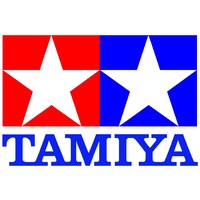



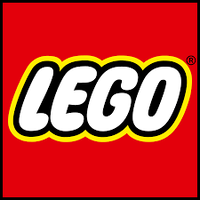
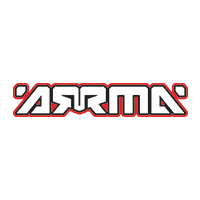
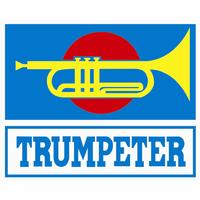

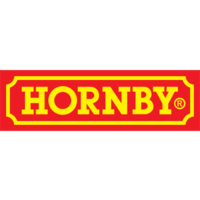
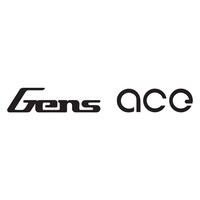
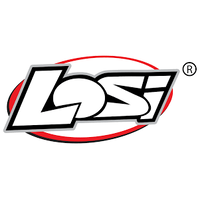
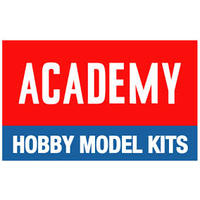
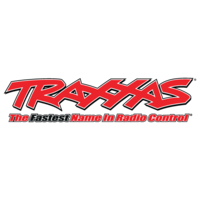




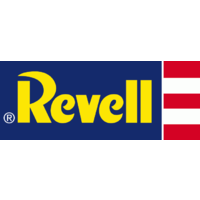
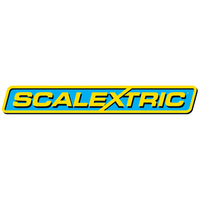
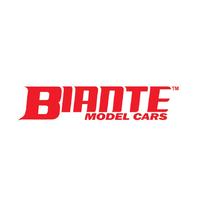
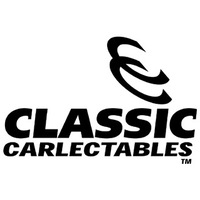

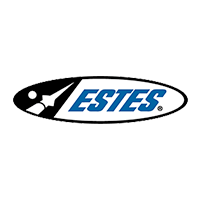
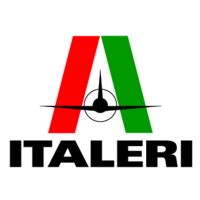

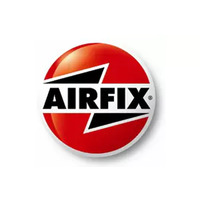
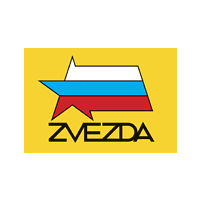
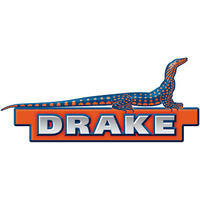

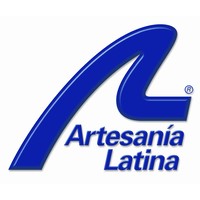


 Flat Rate
Flat Rate














